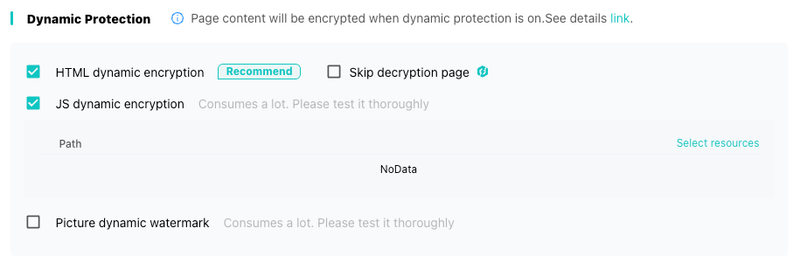Distributed Denial-of-Service (DDoS) attacks are among the most disruptive threats on the internet. They aim to make a service unavailable by overwhelming it with massive traffic, often from thousands of compromised devices. From taking down websites to paralyzing APIs, DDoS attacks continue to evolve—and so must our defenses.
In this post, we’ll walk through what DDoS attacks are, the types of DDoS you’re most likely to encounter, their real-world impact, and how modern systems defend against them. Finally, we’ll highlight how SafeLine WAF fits into a layered DDoS defense strategy, especially at the application layer.
What Is a DDoS Attack?
A DDoS attack occurs when multiple machines flood a server, website, or network with traffic to exhaust its resources and take it offline. These machines are often part of a botnet—a large network of malware-infected devices controlled remotely.
Unlike a simple traffic spike, a DDoS attack is intentional and designed to disrupt, degrade, or destroy digital services. Victims range from small blogs to global corporations.
Common Types of DDoS Attacks
1. Volumetric Attacks
These attempt to saturate the bandwidth of the target network. Examples include:
- UDP floods
- DNS amplification
- NTP amplification
2. Protocol Attacks
These exploit weaknesses in network protocols to exhaust server resources.
- SYN floods
- Ping of Death
- Smurf attacks
3. Application Layer Attacks
These target the application itself—often the most difficult to detect.
- HTTP floods
- Slowloris
- GET/POST floods
While volumetric and protocol attacks are often blocked at the network edge (e.g., via CDN or firewall), application-layer DDoS attacks are stealthier and more dangerous. They mimic real users and often bypass traditional defenses.
Real-World Impact
- Service Downtime: Leading to lost revenue and poor user experience.
- Infrastructure Costs: Increased bandwidth usage and CPU/memory drain.
- Reputation Damage: Customers may lose trust in an unreliable platform.
- Security Risks: DDoS can act as a smokescreen for deeper intrusions.
How to Defend Against DDoS Attacks
A strong defense requires a layered approach:
1. CDN and Edge Protection
Use a CDN to absorb traffic and handle volumetric attacks close to the source.
2. Rate Limiting
Limit the number of requests per IP or user over a certain time.
3. Traffic Filtering
Block known malicious IPs, user agents, or unusual request patterns.
4. WAF (Web Application Firewall)
Detect and block application-layer DDoS that bypass network-level defenses.
5. Behavioral Analysis
Identify bots by monitoring behavior patterns such as speed, frequency, and header anomalies.
6. CAPTCHA and JavaScript Challenges
Distinguish humans from bots using challenge-response techniques.
Where SafeLine Fits In
SafeLine WAF plays a key role in defending against application-layer DDoS attacks:
- HTTP Flood Detection: Identifies abnormal request spikes and blocks malicious traffic.
- Custom Rules: Supports flexible rule creation to target specific behaviors.
- Rate Limiting: Configurable thresholds for requests, sessions, or paths.
- Dynamic JS/HTML Encryption: Forces bots to reveal themselves before they can cause damage.
- Real-Time Monitoring: Visual dashboards help you spot and respond to attacks quickly.
By deploying SafeLine alongside other perimeter defenses, organizations can close a critical gap in DDoS protection.
Conclusion
DDoS attacks aren’t going away—and they’re only getting smarter. Defending against them requires more than a single tool or firewall. It’s about layered protection across network, transport, and application layers.
While CDNs and firewalls guard your bandwidth, SafeLine WAF guards your logic. And in the world of application-layer DDoS, that can make all the difference.





Top comments (0)